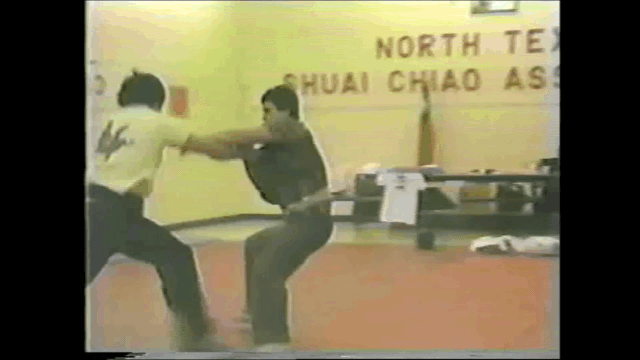Fungus
2nd Black Belt
This is a question for you more experienced.
Many kicks, such as mawashi geri, or ushiro mawashi or ushiro geri can be done in a few ways.
Some ways are "easier", some ways may give more "power", and some ways usually implying not moving your other foot alot, but just spinning on the spot, is less telegraphing, but I feel you loose power.
For example, muay thai mawashi, often side steps with the lead foot, to gaiin power power when slamming your shin into the opponent.
Also ushiro geri, you can side step (beginners method) or you can first shift balance and then turn on the spot, for less telegraph etc.
My question for say ushiro geri (turning back kick), is if you perfect your techiniques - can you make the difference in power zero, or would it, even if you master this kick very WELL that there is STILL a compromise in power?
I feel that, where I am right now as a beginner - I can perform both - but in the advanced version I loose ALOT of power but I think with perfected balance, I can add more POWER into the kick without loosing balance. But the question is - will it EVER be as powerful as the telegraphing tecnhique, or will it will it always be capped to some %power of the telegraphing technique? My hunch is that there will always be a significant difference, am I wrong?
Many kicks, such as mawashi geri, or ushiro mawashi or ushiro geri can be done in a few ways.
Some ways are "easier", some ways may give more "power", and some ways usually implying not moving your other foot alot, but just spinning on the spot, is less telegraphing, but I feel you loose power.
For example, muay thai mawashi, often side steps with the lead foot, to gaiin power power when slamming your shin into the opponent.
Also ushiro geri, you can side step (beginners method) or you can first shift balance and then turn on the spot, for less telegraph etc.
My question for say ushiro geri (turning back kick), is if you perfect your techiniques - can you make the difference in power zero, or would it, even if you master this kick very WELL that there is STILL a compromise in power?
I feel that, where I am right now as a beginner - I can perform both - but in the advanced version I loose ALOT of power but I think with perfected balance, I can add more POWER into the kick without loosing balance. But the question is - will it EVER be as powerful as the telegraphing tecnhique, or will it will it always be capped to some %power of the telegraphing technique? My hunch is that there will always be a significant difference, am I wrong?

